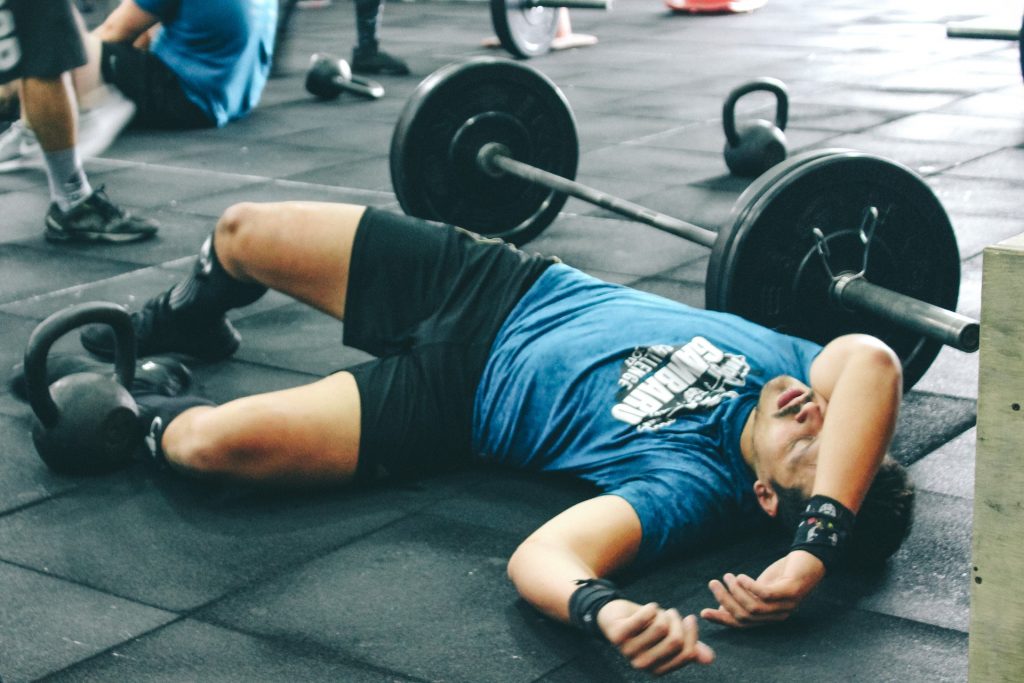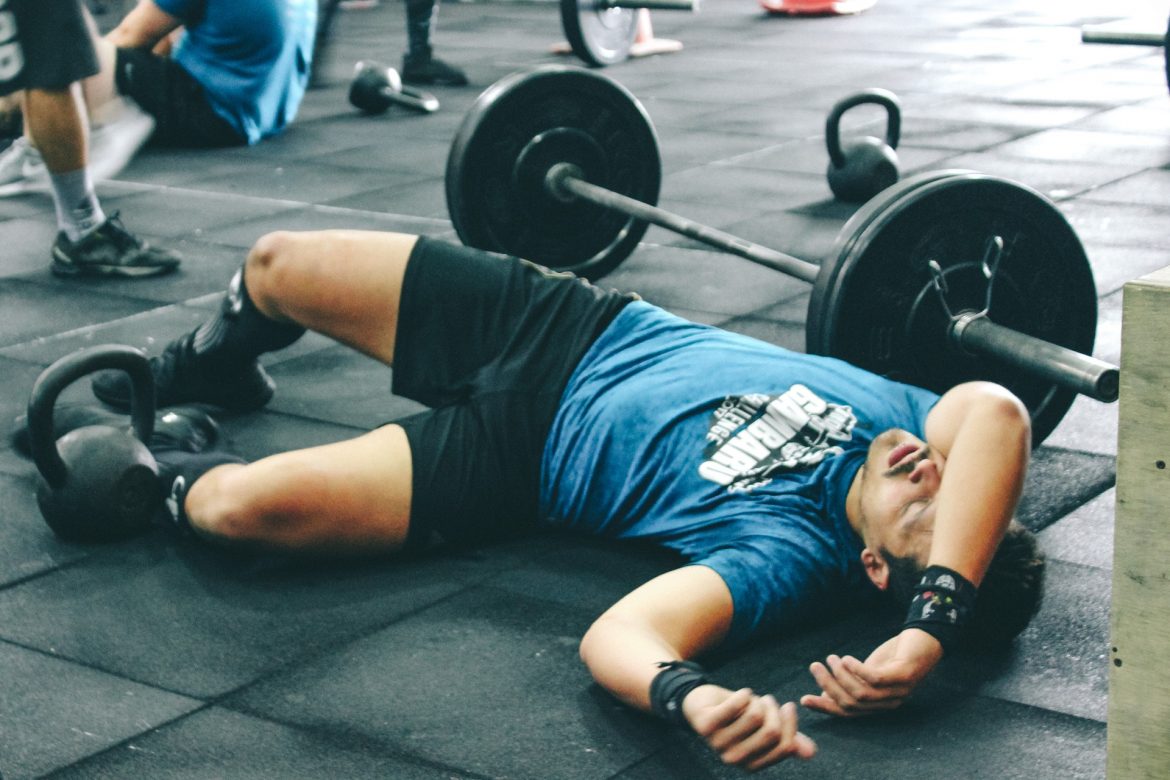Recovery Techniques for DOMS
 Training in athletes frequently involves repeated contractions and tissue vibrations that can lead to muscle damage (i.e., the disruption of structural proteins in muscle fibers and/or connective tissues), subsequent tissue inflammation, delayed onset muscle soreness, usually known as DOMS, and increased perceived fatigue. These conditions can lead to a temporary reduction in muscular force and an increased risk of injury. Thus it is important for sports physicians, therapists, and trainers to optimize the recovery period after a workout in order to manage muscle damage and alleviate DOMS, inflammation, and fatigue.
Training in athletes frequently involves repeated contractions and tissue vibrations that can lead to muscle damage (i.e., the disruption of structural proteins in muscle fibers and/or connective tissues), subsequent tissue inflammation, delayed onset muscle soreness, usually known as DOMS, and increased perceived fatigue. These conditions can lead to a temporary reduction in muscular force and an increased risk of injury. Thus it is important for sports physicians, therapists, and trainers to optimize the recovery period after a workout in order to manage muscle damage and alleviate DOMS, inflammation, and fatigue.
Measuring Muscle Damage Factors
Researchers from France attempted to provide an evidence-based approach for choosing post-exercise recovery techniques by looking at studies that measured changes in the blood concentrations of muscle damage indicators (for example, creatine kinase (CK)] and inflammatory biomarkers such as C-reactive protein [CRP] and interleukin-6 [IL-6]) that are observed after exercise and are associated with the occurrence of DOMS.
Meta-Analysis Review Study for Recovery from DOMS
 The study published in Frontiers in Physiology conducted a meta-analysis by searching through three scientific databases and found 99 studies that were related to the topic.
The study published in Frontiers in Physiology conducted a meta-analysis by searching through three scientific databases and found 99 studies that were related to the topic.
The literature showed that active recovery (exercise), massage, compression garments, immersion, contrast water therapy, and cryotherapy induced a small to large decrease in the magnitude of DOMS, while there was no change for other methods such as stretching. Massage was found to be the most powerful technique for recovering from DOMS and fatigue.
In terms of muscle damage and inflammatory markers, the review observed an overall moderate decrease in creatine kinase and overall small decreases in interleukin-6 and C-reactive protein. The most powerful techniques for reducing inflammation were massage and cold exposure.
Did you know that Digital COMT (Digital Clinical Orthopedic Manual Therapy), Dr. Joe Muscolino’s video streaming subscription service for manual and movement therapists, has an entire folder with video lessons on Massage Therapy? Digital COMT adds seven new video lessons each and every week. And nothing ever goes away! Click here for more information.
Conclusion
Massage therapy is an effective post-exercise recovery technique.
The authors concluded that massage appears to be the most effective method that was studied for reducing DOMS and perceived fatigue. Water immersion and the use of compression garments also have a significant positive impact but with a less pronounced effect. Perceived fatigue can be effectively managed using compression techniques, such as compression garments, massage, or water immersion. Furthermore, the most powerful techniques that provide recovery from inflammation are massage and cold exposure, such as water immersion and cryotherapy.
The authors added that in this meta-analysis, only one recovery session was examined. Further research needs to done to confirm if similar outcomes can be obtained when the same recovery technique is used on a regular basis after exercise.
This blog post article was created in collaboration with www.terrarosa.com.au.
(Click here for the blog post article: The Effect of Cryotherapy on Recovery Following a Marathon.)
Did you know that Digital COMT (Digital Clinical Orthopedic Manual Therapy), Dr. Joe Muscolino’s video streaming subscription service for manual and movement therapists, has an entire folder with video lessons on Massage Therapy? Digital COMT adds seven new video lessons each and every week. And nothing ever goes away! Click here for more information.


